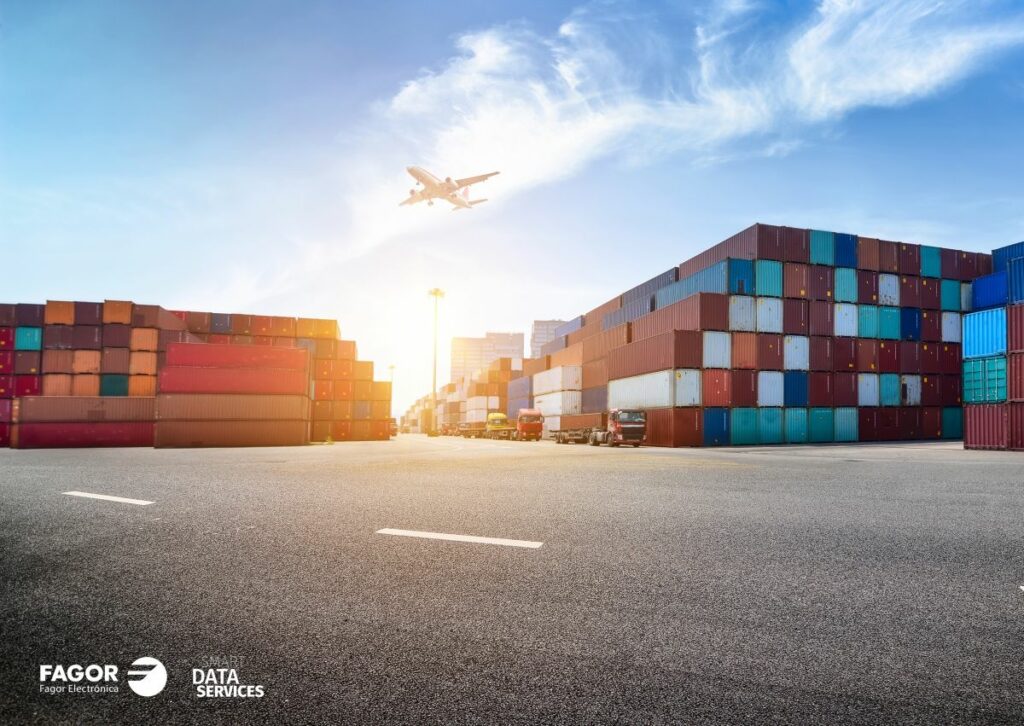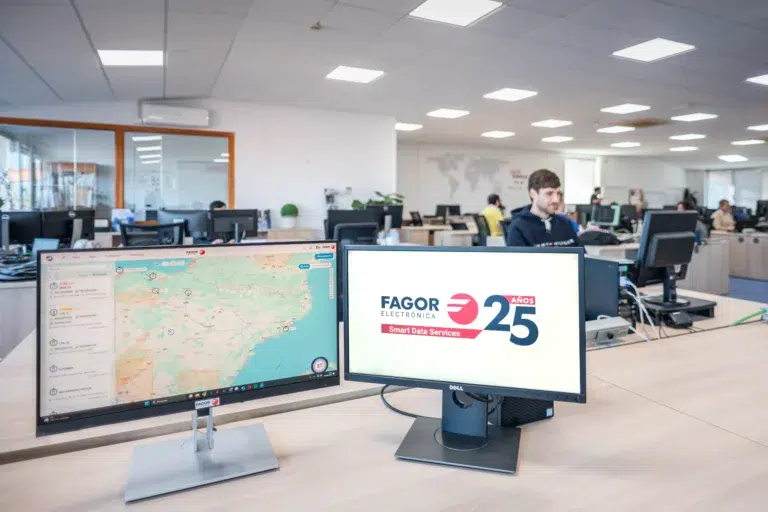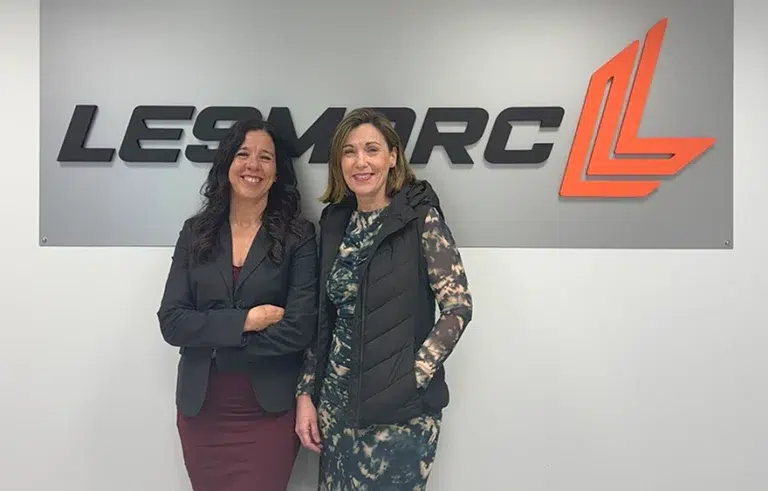Logistics traceability allows us to have visibility on the merchandise movements and facilitates us to optimize our processes and improve customer service
What is logistics traceability?
The definition of logistics traceability is easy: it consists of having visibility and registration of how and where my merchandise is during its transport along the supply chain, in other words, be aware of what is going on. There are two types of traceability:
- Backward Traceability: referring to the reception and related to the purchase flows.
- Forward Traceability: referring to the shipment of the products to the customer.
What do we see and register? Depending on each need, we can classify this useful information for decision-making according to different characteristics:
- Quantity and detail: quantity and the type of information we receive. We may only know that our shipment has left the destination and some point of passage, or we may need know it exact location in every minute, the temperature at which the merchandise is being transported, associated documentation and the cost.
- Quality: the information must be reliable, and we must establish processes and methods to guarantee it. At this point, IoT systems are very useful.
- When: the moment when we receive the information. We can have systems that send us the information once a day, a week or a month, and other systems able to send us the information in real time, an instant after it happens.
How is it done?
The existence of electronic and informatic systems designed for logistics traceability will help us to explain the current state in a practical way.
We are going to start talking about disconnected systems or registrars, such as tachographs or thermographs. These systems installed in the vehicle or attached to the merchandise print out or download the data to review it once the transport is finished or when it is possible. In these cases, we have so much information, normally of good quality, but only available when it is downloaded and introduced on the system, so it needs human intervention. Its evolution consists of having a connection point and continuously transmitting the state to the system, and when it passes through its coverage radius, download the information automatically. But it is difficult to relate the information between systems.
There is an exception of current systems, but they depend on being close to or passing through a particular point to transmit their information, as in the case of RFid, BLE and short-range systems.
Nowadays, the advance of informatic systems goes together with the connection between systems and sharing information, together with the evolution of the processes, the digitalization and the profusion of new systems and technologies, concluding with the apparition of a new type of solutions.
Thus, we arrive at the current state, developed on platforms that unify logistics traceability, also known as Control Tower, which allow complete visibility of the logistics processes in the supply chain. These platforms integrate information of other systems based on the latest technologies and offer a complete traceability of the logistics processes within the supply chain. Something like the digitalisation of logistics.
The systems from which these platforms are supplied may belong to the company itself, be external, from suppliers or customers. Among these systems we can list ERP, TMS, WMS and fleet management systems.
What does it bring us? What benefits do we get?
All the benefits, which cover different dimensions, turn around two main objectives: customer focus and improvement of the processes and associated costs, both supported by the digitalisation of the process, data-based decision-making and security.
More specifically, we can list the following advantages:
- Visibility, interconnection and cooperation between agents
- Direct information to customers, improves the customer experience
- Real-time monitoring, reduction of problems by reacting to incidents
- Continuous monitoring system on the process, generating warnings and alarms
- Increases the level of service
- Dashboards and indicators for analysis, facilitating decision making in line with the company´s continuous improvement policies, maximising results
- Security, monitoring and evaluating unauthorised or potentially dangerous practices
- Impact on the profit and loss account, reducing operating costs
In conclusion, we can say that logistics traceability is important for companies that depend on logistics and need to improve, relying on technological solutions that allow them to provide a differential value to their customers.



